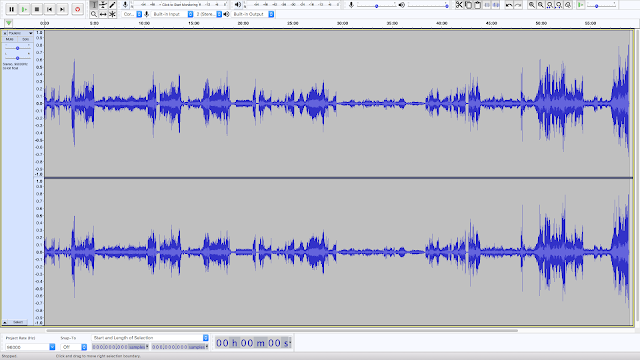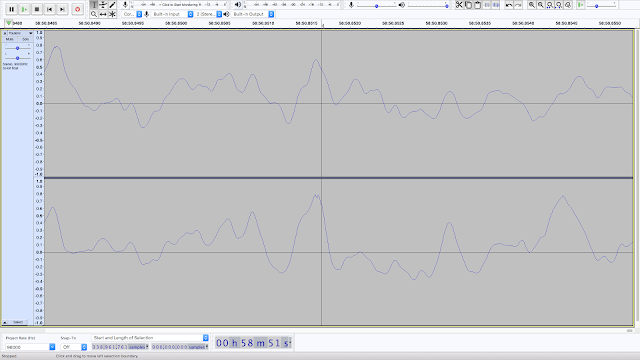I've always loved the Linn recording of the Polulenc Concerto for Organ. There is no question, it's very dynamic (as a whole album, much less so in individual tracks). The SACD layer has a marvelous sound. I have not listened to the PCM layer in awhile.
It has by far the highest peaks above the nominal 0dB RMS level of any disc I have encountered (+7.5dB).
I have been accounting for these peaks as Inter Sample Overs. That might not be the correct description of what is happening on SACD's.
On PCM recording, the highest peaks seem to be associated with the leading edges that produce the most pre- or post- ringing. This makes sense, as they basically represent very high level high frequency content which 'propels' an interpolation of the signal to go way beyond the normal boundaries. Only high frequency content can do that. Even when reaching 0dB, low frequences just reach the top slowly, over very many samples, and don't change enough from one sample to the next to cause an ISO. (That was why I measured 0dB with 880 Hz, a low enough frequency not to produce ISOs.)
But on DSD...there is no pre- and post- ringing. That is of course the beauty of it. You get smooth looking curves that visibly look like the original wave forms. (The eye is being deceived. In actuality, those smooth looking curves are obscuring vast high frequency noise, which is often making the curves look smoother than the real thing.)
Here the entire Poulenc album on the DSD layer, recorded at 96kHz. Notice that the very highest peaks which give the album very high dynamic range only occur in the last track. Just a couple other tracks have higher peaks at all.
 |
| Poulenc (entire album) |
Now lets take a look at what may be the highest peak (there are actually a bunch of them as you zoom in) in the last track:
Mostly, it doesn't look that extraordinary. There's no sharp edge, no pre- or post- ringing. However, there is an interesting notch on he bottom channel at the very peak (near the cursor). Given the scale, that represents very high frequency information. It may be a telltale sign that some sort of limiting or other thing was done just here. But the notch itself is tiny in comparison with the overall peak, which doesn't look out of place in its surroundings.

No comments:
Post a Comment